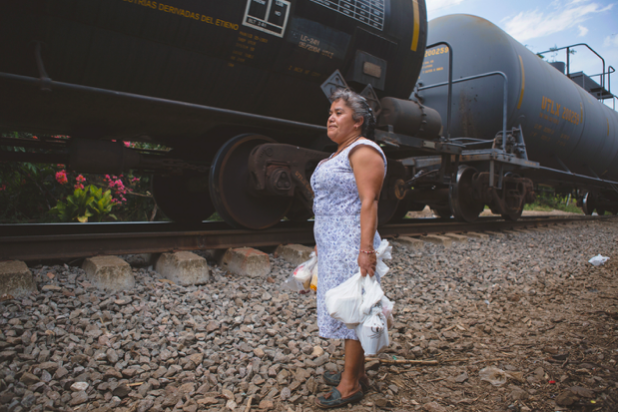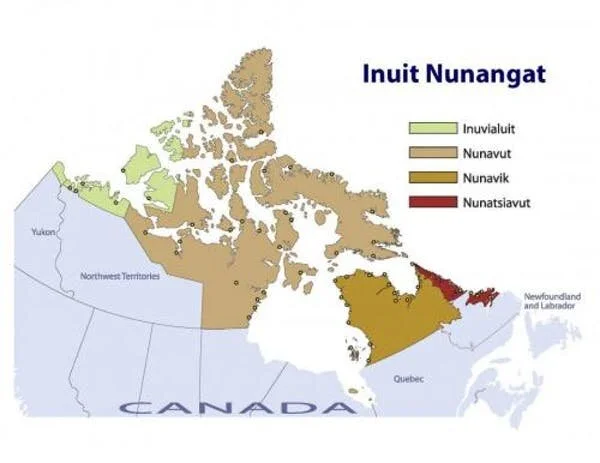As calls for the world’s population to practice social distancing have ramped up, it calls in to question a certain population that cannot practice social distancing: inmates. Prisons keep inmates in very close quarters, are overcrowded, and often lack proper sanitary conditions—three conditions that go against what the general American populace has been told to do to prevent spreading the coronavirus. The Center for Disease Control (CDC) recommended limiting gatherings to no more than 10 people, social distancing, maintaining a six-foot distance between people, and to avoid shaking hands. Concerts, weddings, funerals, conferences, and other events were cancelled because of the precautions the CDC recommended, but it was only recently that some US states began discussing and preparing to release inmates.
Over the past two weeks the Los Angeles County Sheriff’s Department has released inmates, reducing its inmate population by 600.
On March 19, New York City Mayor Bill de Blasio said the city will begin releasing some inmates, “including people who were arrested for minor crimes and those most vulnerable to infection due to underlying health problems,” according to the BBC. On the same day, it was reported that Rikers Island, a massive prison in NYC, saw the first confirmed case of the coronavirus in an inmate, according to Al Jazeera.
Salt Lake County District Attorney Sim Gill announced plans to release 90 inmates from the Salt Lake County jail on March 20. As many as 200 could be released in the coming days, according to The Salt Lake Tribune.
Prisoners Cannot “Flatten the Curve”
The United States has the highest incarceration rate in the world. According to a report from the Bureau of Justice Statistics, “an estimated 6,613,500 persons were under the supervision of U.S. adult correctional systems on December 31, 2016.” The population far surpasses the population of cities like Los Angeles, Chicago, and Houston; only New York City has a larger population at 8,398,748 as of July 2018. Overcrowded prisons cannot practice what the CDC has recommended regarding social distancing.
Jails and prisons are often dirty and lack medical resources and hygienic materials. The CDC recommends covering your mouth with a tissue when you sneeze or cough, to wash your hands frequently or use hand sanitizer that is at least 60% alcohol, and to sanitize frequently used surfaces. But it is not possible for most inmates to adhere to the CDC’s recommendations since, according to The Marshall Project, “access to toilet paper or tissues is often limited and covering your mouth can be impossible if you’re handcuffed, either because of security status or during transport to another facility.”
At a news conference on March 10, 2018, New York Governor Andrew Cuomo revealed bottles of hand sanitizer made by New York inmates. As described in a directive from the New York State Department of Corrections and Community Supervision, inmates are not allowed to possess anything with alcohol in it. The very same inmates who are making the hand sanitizer are not allowed to possess or use it because alcohol is the main ingredient.
Health officials from all over the world have said older people and those with pre-existing medical conditions are most at risk of becoming severely ill from the coronavirus, according to the World Health Organization (WHO). According to statistics from the Federal Bureau of Prisons, about 20 percent of all inmates are older than 50. The lack of proper medical resources and materials coupled with their advanced age, means older inmates are particularly vulnerable to the coronavirus.
Asiya Haouchine
is an Algerian-American writer who graduated from the University of Connecticut in May 2016, earning a BA in journalism and English. She was an editorial intern and contributing writer for Warscapes magazine and the online/blog editor for Long River Review. She is currently studying for her Master’s in Library and Information Science. @AsiyaHaou





































